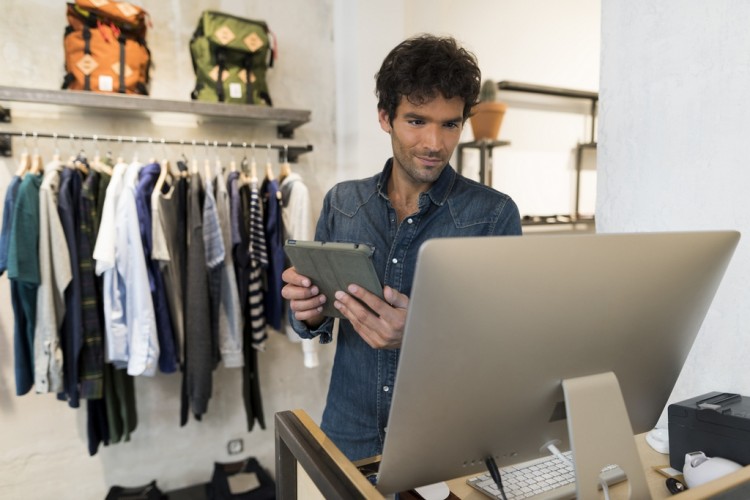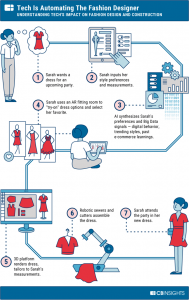Fashion retailing in an era of customization and personalization

The fashion industry is in continuous evolution and retailers that don’t innovate fast enough will be left behind. One of the key areas where fashion retailers need to innovate is personalization, as fashion-conscious consumers wants to walk out of a store feeling that the clothes they have just bought are uniquely suited to them.
This personalization is already starting to happen upstream, at the design stage. By crowdsourcing data and exploiting technologies such as machine learning, it is now possible for fashion manufacturers to collect and analyze consumer preferences and use the results to guide the design and manufacturing process.
A new era of customization

We are entering an era of mass customization. In some product categories, more than 50 percent of consumers expressed interest in purchasing customized products or services, according to the Deloitte Consumer Review. The reports authors say:
In the future, businesses that do not incorporate an element of personalization into their offering risk losing revenue and customer loyalty.
But when it comes to fashion, personalization is a complex subject. Even if they wear the same size in clothes, two people will have very different preferences, body shape and style expecations.
So, to create really personalize fit and style you need to understand the details and construction behind each style and its relationship to the consumers who buy and keep them.
True Fit is a US start-up that has created a data-driven personalization platform for fashion retailers. It has populated a huge database of fit and style data for apparel and footwear through its partnerships with top brands, retailers, and millions of consumers. It analyses this data using Big Data techniques and offers its personalization services to fashion retailer.
Giants of the online world like Amazon and Google are working on projects to create personalized clothing for a person based solely on their engagement with visual content – the types of clothes that a person buys or browses on a webstite, for example.
Personalize the experience
But personalization is not just about customizing products. Personalization of the entire shopping experience allows retailers to get closer to the consumers in an era when customer journeys are fragmented across different channels and the path to purchase may take a few minutes or many weeks.
Using personalization technologies, websites can tap into purchase and browsing history to better understand a customer’s preferences and so target recommendations better. We are all familiar with those emails from Amazon and other etailers saying, “you were recently looking at Product A so maybe you would also be interested in Product B.”
We know the recommendations are simply based on our recent browsing history and an algorithm that selects products that are most often bought by customers with similar browsing habits. Nevertheless, it feels that the website “knows” what we are interested in and is offering to help; the experience feels personalized.
Increasingly, consumers expect brick-and-mortar retailers to be able to do the same.
So, if you want to give consumers good reasons to keep visiting your physical store, you need to offer them a high-touch, personalized in-store experience.
Want to know more about the benefits of Openbravo for fashion retailers? Watch our on-demand webinar, “Omnichannel leader or laggard? What’s your choice as a fashion retailer?“.



